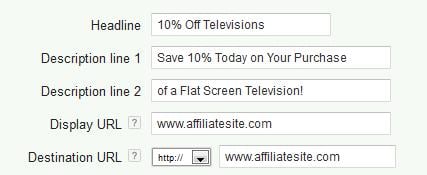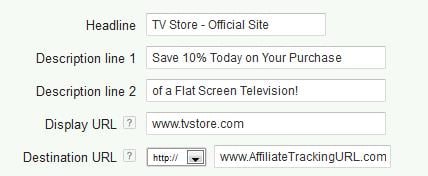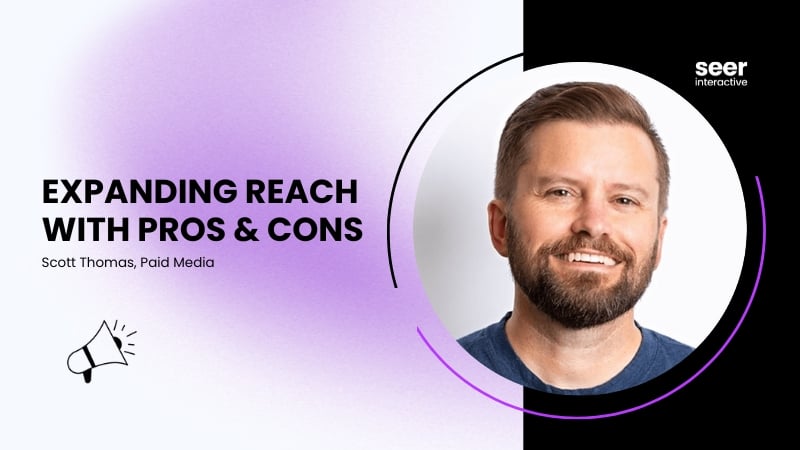If you’re running a PPC campaign, you may occasionally see fluctuations in performance for brand campaigns but not be sure what’s causing them. Sometimes it’s due to increased competition or changes you may have made in the account overall. One factor to consider is affiliate hijacking which can be a common issue PPC accounts face but may not even know about or realize is happening.
Affiliate programs and PPC
Affiliate hijacking starts with brands that have an affiliate program, paying commissions on sales generated by those affiliates. Any website interested in becoming an affiliate of a brand will typically join a large affiliate network. These affiliate networks allow websites the opportunity to partner with brands and promote offers/discounts on their behalf. They also provide unique tracking to tie orders back to their site. Affiliate sites typically receive a percent or flat-rate commission on qualified sales from the brand and paid through the affiliate network they’re a part of.

Typical affiliate programs have brand restrictions that prevent affiliate sites from utilizing their trademarked terms in their advertising efforts. This is especially key when it comes to PPC for several reasons. First, paying for clicks via a PPC campaign is usually easier and more efficient to optimize than some of the other channel efforts affiliate sites will engage in. Anyone can start a PPC campaign fairly quickly, select keywords and create an ad that directs to any domain, as long as the display URL in the ad matches the same domain that the searcher ultimately ends up on after clicking on the ad. Since branded campaigns are typically some of the top converting and most efficient campaigns in accounts, branded, trademarked keywords are usually the first target for an affiliate site interested in PPC, unless they’re restricted through the affiliate program. They’ll simply create an ad and send the traffic to their site where they’ll find offers/discounts, ultimately converting on the brand’s site or offline:

Remember, affiliate sites are working off of commissions so if the cost they pay to drive PPC traffic isn’t covered by the total commissions they make as a result of those clicks, it’s not a smart investment.
The process of hijacking
Here’s where affiliate hijacking comes into play… Search engines only allow one ad per display URL (domain) to show at a time. When the ad auction takes place and two advertisers are bidding to send traffic to the same URL (e.g. www.tvstore.com), the advertiser with the highest quality score, bid and other factors which fuel ad rank will ultimately show over the other. What savvy affiliates will sometimes do is create an identical or similar ad in their own PPC account as the one the actual brand they want commissions from is currently running in their PPC account:

These ads will have the same display URL (e.g. www.tvstore.com). The affiliate site will then bid on branded keywords to make it look like their ad is actually the “official” brand ad, which they assume has more appeal and potential for clicks. Both ads will have strong quality scores, since they’re both branded, and direct to the same site with the same display URL.
This means that two ads will be vying for a position in the results page with the same display URL and only one will be able to show, thus “hijacking” the ad space and mitigating the brand’s PPC efforts. If the affiliate ad wins and shows, the person searching will be none the wiser, usually click on this branded ad, visit the site and convert. The only difference is the affiliate version of the ad will utilize a destination URL with unique affiliate tracking so that they receive commission for the sale, provided by the affiliate network. Do you think a brand would rather pay the CPC for that ad or the commission on any sale driven through the affiliate’s version?
If the affiliate program doesn’t have brand restrictions, hijacking is something which may be occurring, along with standard affiliate brand bidding, with no repercussions looming. The brand usually decides that the added value they gain from allowing affiliates to create additional ads that drive traffic to their site is worth whatever the potential impact is on their own PPC accounts- such as increases in CPCs or declines in clicks and conversions. Below is an actual example of fluctuations in brand campaign performance when restrictions are in place vs. not. A client chose to test removing affiliate brand restrictions several times in their program, allowing them to bid on trademarked terms in PPC:

Each of the drops in click volume indicates when the restrictions were lifted. The spikes indicate when the test ended. During these tests, hijacking was identified as a potential issue and was mitigated through the proper channels.
However, if there are brand restrictions in place and affiliate websites want to use PPC advertising, affiliate hijacking becomes a more desirable option vs. bidding on more expensive non-brand keywords. The affiliate site can setup redirects and utilize other techniques which happen within less than a second to apply the appropriate tracking needed to give that affiliate commission on the sale. This prevents the affiliate program manager from easily identifying them as violating the program’s restrictions.
Identifying and managing affiliate hijacking
If you see an affiliate’s performance spike out of nowhere and jump into your top 10, or their conversion rate is well above average compared to the rest of your affiliates, it may be worth exploring their efforts more in-depth and potentially revoke commissions if you don’t believe they are qualified or earned honestly. Some hijackers will cover their tracks by pausing their campaigns throughout the day or week to mitigate obvious traffic trends. They may also geo-target around the brand’s affiliate or PPC manager’s offices so that they don’t see any suspicious ads in the results page.
Tools are available for affiliate programs that choose to monitor this behavior or even the use of branded terms in ad copy, such as thesearchmonitor.com or adgooroo.com. You can also download add-ons in your web browser, such as Live HTTP Headers, which will show all the redirects that occur after a click. You’ll want to watch for affiliate network tracking to appear after a click on a suspicious ad to try and tell if it’s a hijacked ad or not.
Affiliate Hijacking isn’t typically a huge issue for brands that are running branded campaigns with large amount of history and quality score behind them, as it becomes difficult for affiliate ads to top them very often (if at all) as long as bids are high enough. Let us know your experiences with affiliate hijacking issues and ways to work around them.


